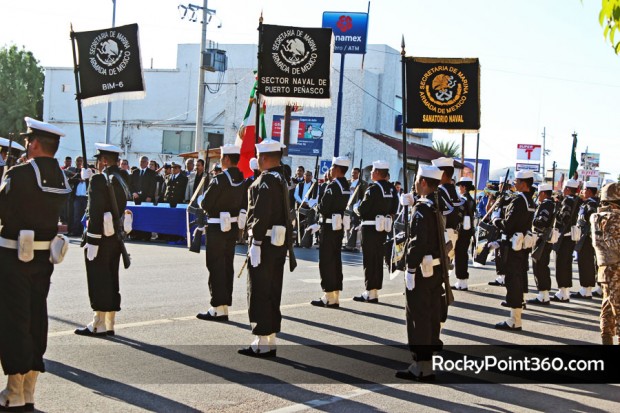 By MoKa Hammeken Reprinted from 2011
By MoKa Hammeken Reprinted from 2011
November 20th is certainly a much celebrated holiday throughout the entire Mexican Republic, more than anything due to the anticipated “long weekend” (bridge in Spanish – since Monday 11/18/2013 will be a day off). This is a time to honor the revolution, liberty and country by helping the economy through tourism by taking a well-deserved break from daily life.
Nevertheless, beyond this brief respite, the day commemorating the Mexican Revolution recognizes when Mexico, after being a free and sovereign country for 100 years, rose up against the dictatorship of Porfirio Diaz and the extravagancy of the upper classes.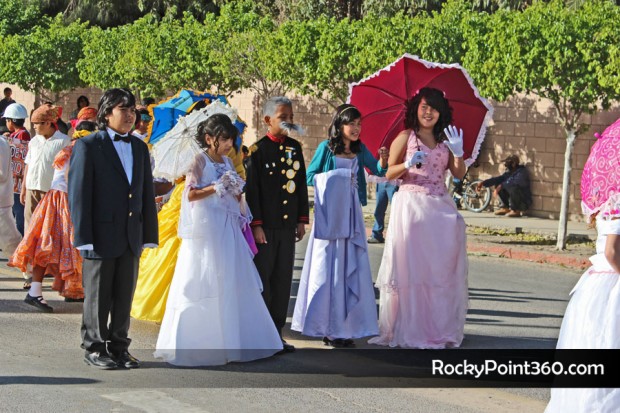
During the 34 years of Diaz’s government Mexico enjoyed considerable economic growth and political stability. Yet, this bonanza did not include the lower and forgotten classes of society, producing discontent and agitation, of which Francisco I. Madero knew how to take hold.
He tried to do this first peacefully through elections. Francisco I. Madero had been “on tour” throughout the country, trying to form a party to compete in elections against General Porfirio Diaz though this never took place. Madero was jailed and while incarcerated the election triumph went to Diaz.
Yet, Madero escaped to the United States and from San Antonio, Texas proclaimed the “San Luis Plan” that called for taking up of arms against Diaz’s administration, setting the date for this as November 20, 1910.
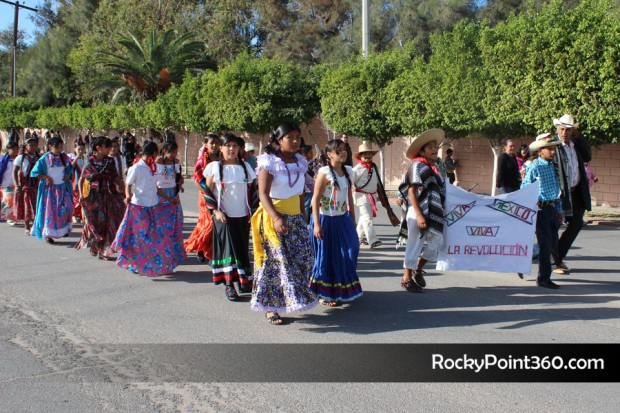 The revolutionary wave began in the North and extended throughout the country, forcing Porfirio Diaz to seek exile in France (a country which served as a model for him, as can be observed in various aspects done during his administration [architecture and planning]).
The revolutionary wave began in the North and extended throughout the country, forcing Porfirio Diaz to seek exile in France (a country which served as a model for him, as can be observed in various aspects done during his administration [architecture and planning]).
This part of history is told simply and yet it is extremely complex, as things did not end as one would have expected with the exile of Diaz. That event was solely the beginning of a period of political instability and finally a long list of events, wars, traitors, and uprisings that bit by bit continued to mold modern Mexico.
Between 1910 and 1920 Mexico was shaken by a series of struggles, which at the beginning had been against an established order and sought to politically and socially transform that created by the dictator. In time different socialist and agrarian movements (among others) joined the revolution.
The complexity of the Mexican Revolution can be appreciated when historians fail to reach an agreement and debate about the end of the movement, being some more radical than others. For example, some argue it ended in 1911 when Madero won the elections, others argue it was 1917 when the Mexican Constitution was proclaimed, and yet others state it was 1920 with the presidency of Adolfo de la Huerta or perhaps 1924 with President Plutarco Elías. There are even those that believe the revolution continued through the 40s, and of course all of these arguments are well founded and valid.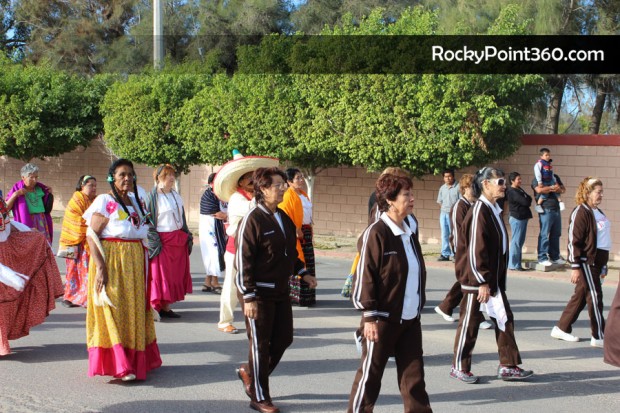
Thanks to this movement, beginning in 1930 the streets of Mexico City showcase an Athletic Parade on November 20. This “tradition” began in 1928 with a relay race celebrating the revolutionary beginning of the country. Yet, it wasn’t until 1941 when the President formalized the official commemoration of the Mexican Revolution with an athletic parade.
This eye-catching annual event showcases the best athletes, schools of charros, as well as what I like to call “every day heroes” including the fire department and rescue workers who show off their abilities and dexterity. This is a reflection of the nation, providing further identity of Mexican culture, through which patriotism permeates into one’s heart.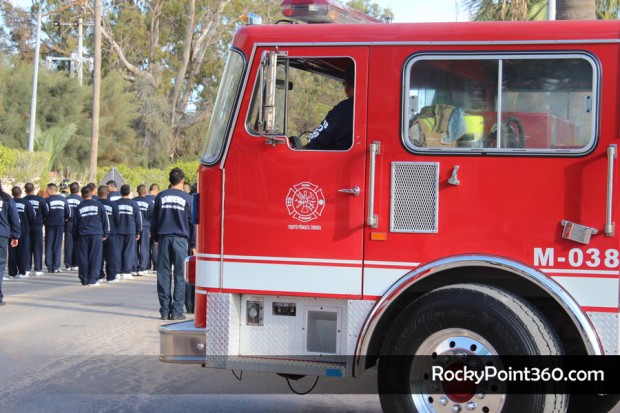
The recurring question is, why an athletic and not a military parade? Because, as it has been said, this demonstrates the peaceful and conciliatory will of all Mexicans. I also see it as a peaceful way to say the only form of worthwhile competition is that of sports. Competition with oneself in order to become better, and when one is better there is no need for battle.
–
MoKa Hammeken
